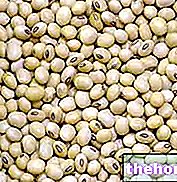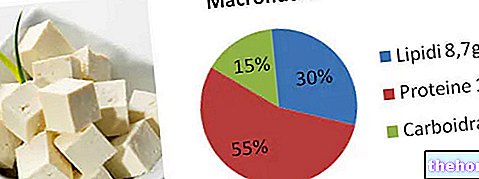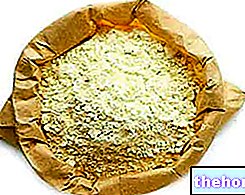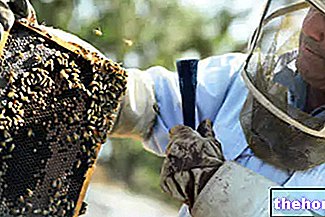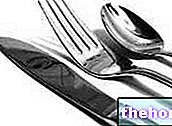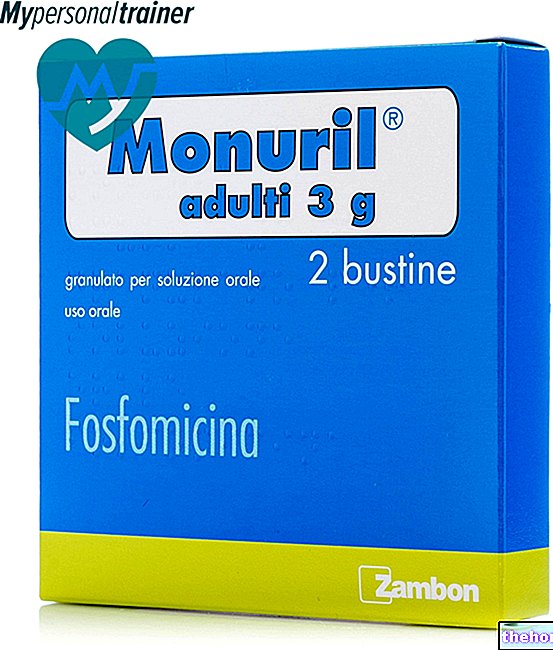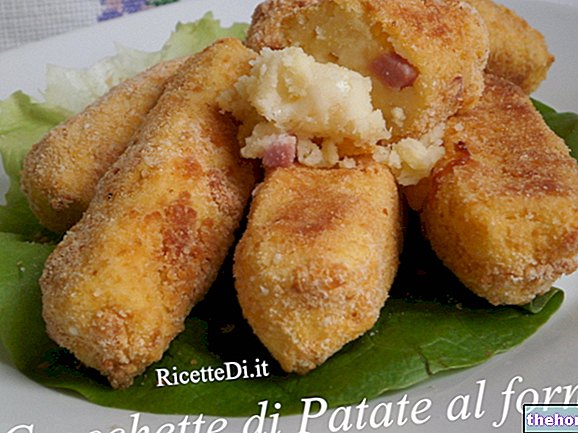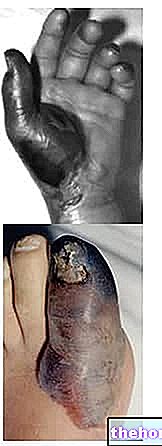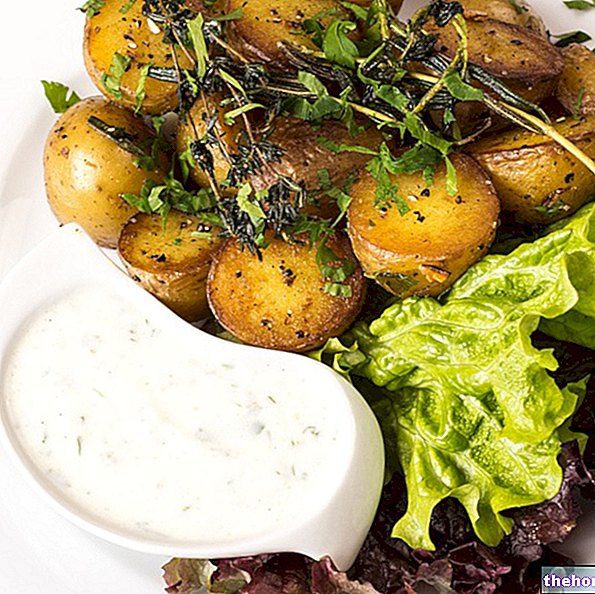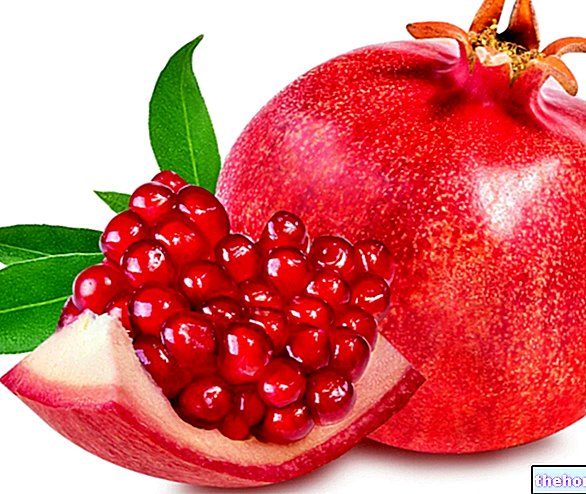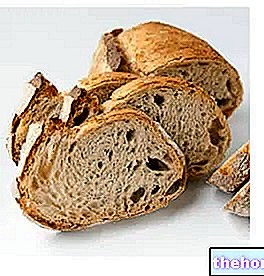What are
The beans azuki (also called aduki or adzuki) are the seeds of the plant Vigna angularis.
The name "azuki" is a transliteration of the original Japanese term ア ズ キ, but there is also a naturalized Chinese noun called "shōzu" (or "small bean", as "big bean" means soy).
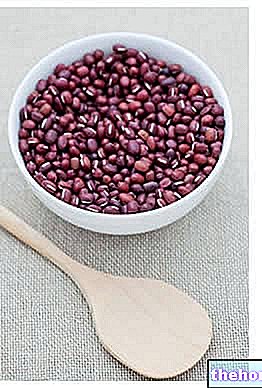
The azuki plant is an annual cycle legume, native to East Asia and the Himalayas, where it was first cultivated by crossing it with other species; the first archaeological finds were brought to light at Ruin Awazu-Kotei (in Japan) and date back to the middle Jō mon period of 4000 BC.
The most common azuki bean plant produces small seeds (about half a centimeter long) of a uniform red color, but there are also black, white, gray and mottled varieties. Botanists speculate that the progenitor of the many varieties of azuki beans is the nipponensis.
Nutritional Characteristics
Azuki beans are edible seeds that bring a fair amount of energy. Calories essentially come from carbohydrates, but also proteins (of medium biological value) are not negligible; triglycerides, on the other hand, are not particularly relevant.
In whole seeds the portion of fiber is more than good, while it is decidedly lower in hulled ones and in pasta. Cholesterol is absent, while other beneficial steroid molecules (phytosterols) abound which - synergistically with essential fatty acids, lecithins and antioxidants (especially flavonoids) - are particularly useful for the control of lipemia (especially cholesterol).
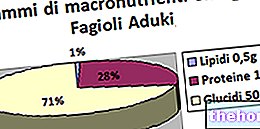
Nutritional values (per 100 g of edible portion)
As for the mineral salts, azuki beans contain a fair concentration of iron, magnesium (not visible in the table), potassium, phosphorus and zinc (not visible in the table).
Regarding vitamins, azuki beans contain good quantities of folic acid (however thermolabile) and other molecules of group B (especially thiamin and niacin, vitamins B1 and PP).
Azuki beans are suitable for most diets and both the portion and the frequency of consumption are completely overlapping with those desirable for other legumes (borlotti beans, cannellini beans, chickpeas, lentils, lupins, soy, peas, etc.) .
On the other hand, they are not suitable for feeding in case of acute irritable colon with diarrhea and, if provided with peel, they are also contraindicated in the presence of diverticulosis. On the contrary, they are extremely useful foods for feeding against constipation / constipation.
Azuki beans do not contain gluten, therefore they represent a valid alternative to diet for celiac disease.
Gastronomic Applications
In oriental cuisine, azuki beans are mainly consumed sweetened with sucrose (sweet beans). They are boiled in water and sugar to produce a food known as "red bean paste", to which alternative ingredients are sometimes added such as, for example, chestnuts.
Some very famous Chinese recipes based on azuki bean paste are tangyuan, zongzi, mooncakes, baozi and frozen ice cream. In Japan it is often used as a filling in sweet recipes such as anpan, Dorayaki, imagawayaki, Manju, Monaka, Anmitsu, taiyaki and Daifuku; there is no shortage of related bakery products. There is also a soup based on sweet beans called "azuki soup" and a drink based on sprouted seeds (tea).
Curiosity
In Japan, red bean rice (Sekihan) is considered a lucky dish. In 2009, its Japanese branch marketed an azuki bean flavored "Pepsi".
In Somalia, azuki beans, butter and sugar represent a traditional dish called "cambuulo".
Azuki Bean Soup
Problems with playing the video? Reload the video from youtube.
- Go to the Video Page
- Go to the Video Recipes Section
- Watch the video on youtube
Other Foods - Legumes Peanuts Chickpeas and Chickpea Flour Cicerchie Beans Azuki Beans Green Beans Broad Beans Falafel Chickpea Flour Bean Flour Bean Flour Lentil Flour Pea Flour Soy Flour Legumes Lentils Lupins Peas Soy Jackdaws Tempeh Tofu Yogurt ARTICLES Soy OTHER Categories Alcoholics Meat Cereals and derivatives Sweeteners Sweets Offal Fruit Dried fruit Milk and derivatives Legumes Oils and fats Fish and fishery products Salami Spices Vegetables Health recipes Appetizers Bread, Pizza and Brioche First courses Second courses Vegetables and Salads Sweets and Desserts Ice creams and sorbets Syrups, Liqueurs and grappas Basic Preparations ---- In the Kitchen with Leftovers Carnival Recipes Christmas Recipes Diet Recipes Light Recipes Women's Day, Mum, Dad Functional Recipes International Recipes Easter Recipes Recipes for Celiacs Recipes for Diabetics Recipes for Holidays Recipes for San Valentino Recipes for Vegetarians Recipes p roteiche Regional Recipes Vegan Recipes



